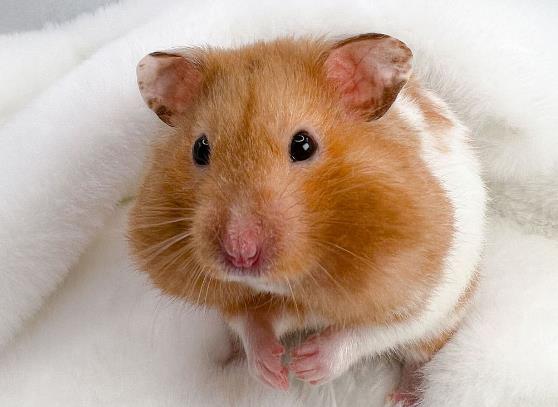There is a wide variety of hamster species, mainly including the following ones:
Dwarf Winter White Russian Hamster: Also known as the Djungarian hamster, the Three-striped hamster, or the Short-tailed squirrel. It's slightly smaller than the Syrian hamster. There is a black stripe on its back. Its back fur is dark gray and its belly fur is white. The fur of the original species turns white in winter. It is mainly distributed in Mongolia, Siberia, and China. The Dwarf Winter White Russian Hamster is the most popular among dwarf hamsters.

Silver Fox Hamster: It's a type of Dwarf Winter White Russian Hamster and gets its name because its fur is white. The Silver Fox Hamster is also quite popular and is mainly distributed in Siberia, Xinjiang in China, and Kazakhstan.
In addition, hamsters also include other species, such as the Striped Hamster, the Short-tailed Hamster, the Tibetan Hamster, the Long-tailed Hamster, the Gray Hamster, the Greater Long-tailed Hamster, and so on. These species each have their own characteristics in terms of appearance and distribution, enriching the diversity of hamsters.
The Living Environment and Habits of Hamsters:
Hamsters are nocturnal animals and usually live in grasslands, semi-deserts, farmlands, hillsides, and alpine meadows. They mainly feed on weed seeds and insects. The lifespan of hamsters is generally 2 to 3 years. Females reach sexual maturity at around 4 to 8 weeks and males at around 6 to 8 weeks. They give birth to two litters each year, and each litter can have 8 to 20 offspring.
By understanding this information, we can better choose and take care of different species of hamsters and ensure that they live in a suitable environment.
